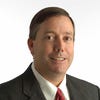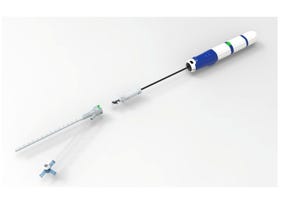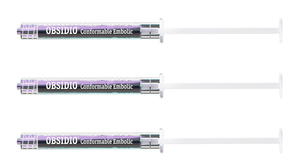AI-collected data from remote patient monitoring coupled with communication from healthcare professionals can truly transform healthcare.
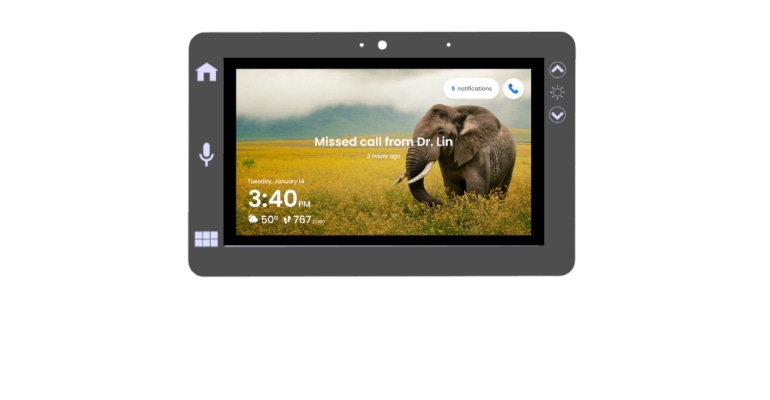
In a perfect world, senior patients with chronic illnesses would have access to ongoing daily care. Traditionally, this care has been given in a hospital or acute care setting or, in some cases, a home care setting. The COVID pandemic has changed this, and now hospital emergency rooms and beds are at capacity, and alternatives are needed.
Remote patient monitoring (RPM) devices allow providers to regularly track a wealth of vital signs from inside a patient’s home, relieving them the burden of frequently traveling to a clinic or hospital. These statistics gathered include heart rate, pulse oxygen, blood pressure, weight, temperature, blood glucose, spirometry, activity levels, and more.
The benefits of RPM to someone who is chronically ill are inarguable. RPM solutions are becoming increasingly easy to use and help seniors avoid making trips to the emergency room or doctor’s office. But it is not just the technology making a difference; it’s the valuable patient data collected by RPM as well as the clinician (human) response to that data. For example, when a patient takes their blood pressure regularly (as prompted by RPM), it offers the opportunity to include the timing of their medications and helps healthcare providers respond to patients to more precisely manage their hypertension. And combinations of data such as glucose and activity levels can help better manage a patient’s diabetes. In addition, in congestive heart failure (CHF) patients, daily weights will assist the healthcare provider with medication, diet, and overall care plan adjustments.
Remote Patient Monitoring Data
Three characteristics of RPM data are causing a paradigm shift in the way patients are treated, helping to turn episodic care into preventative care:
Data quantity and frequency. Instead of patients having their blood pressure taken 2-3x a month or a year in a doctor’s office or relying on self-reported readings, RPM allows tracking 2-3x a day, making it easier for healthcare providers to spot trends. RPM can help reduce exacerbations and costly emergency room visits as well. How readings trend over time is more important than the accuracy of a one-time reading. For example, if a patient’s pulse oximeter measures an 90 percent oxygen level, that one-time reading can indicate a problem. But several readings over time (a few hours or a few days) can show levels dropping. While levels may never reach the clinical threshold of 85 percent, an intervention may still be required. Gaining such information wouldn’t be possible without RPM. This trendspotting can also show possible disease advancement and/or the need to modify medications.
Data ease of use. Technology that is easy to use and provides the user with simple step-by-step instructions for every vital sign monitor they use encourages patients to take their readings regularly. Many solutions give the patient a direct communications connection with the care team if they have a problem. For example, if a patient takes an out-of-bounds reading, an RPM solution would offer providers options for interventions, such as an immediate voice assessment. This assessment could be as simple as asking the patient whether they have taken their medications on time today. If they have not, they would ask the patient to do so and take another reading in one hour. They could also ask a series of questions that expand on how the patient feels by collecting additional clinical information. At any point, the patient could automatically connect to their clinical care team, which has access to this information in real-time.
Data Quality. Patients’ vital signs, such as blood pressure and heart rate, are often inaccurate at doctors’ offices due to “white coat syndrome.” When patients take their vital signs at home, in an environment where they are comfortable, readings tend to be more accurate, giving clinicians more visibility into patients’ overall health.
Another fact: People are more proactive with their health when they know they’re being monitored and tend to be more compliant with their diet, medications, activity level, etc. It’s when patients are consistently compliant that noticeable, positive changes occur.
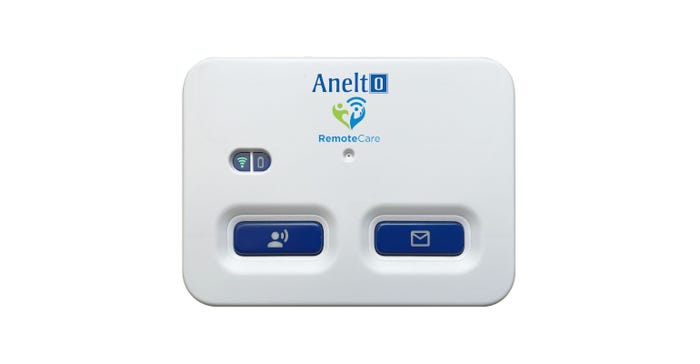
Data Also Means People
You can’t simply replace the human factor in healthcare with artificial intelligence (AI). Seniors are most comfortable using technology when they know there’s a person there monitoring it and providing feedback. AI can spot and alert to trends, but it’s the human that must act. RPM solutions must be backed by access to a 24-hour clinical care center. Video is emerging as a strong tool for face-to-face communications, without the burden of being “in-person” at a hospital or clinic. Combined with RPM’s capabilities, it is a solid choice for communication between patients and their healthcare providers.
No single tool can provide a complete assessment of a patient’s health. But today, with RPM solutions, those tools are bundled with two-way communications capabilities with a trusted clinical care team on the other end of a call or video chat. It’s a combination of technology tools + data + healthcare professionals that can truly transform healthcare.
About the Author(s)
You May Also Like
